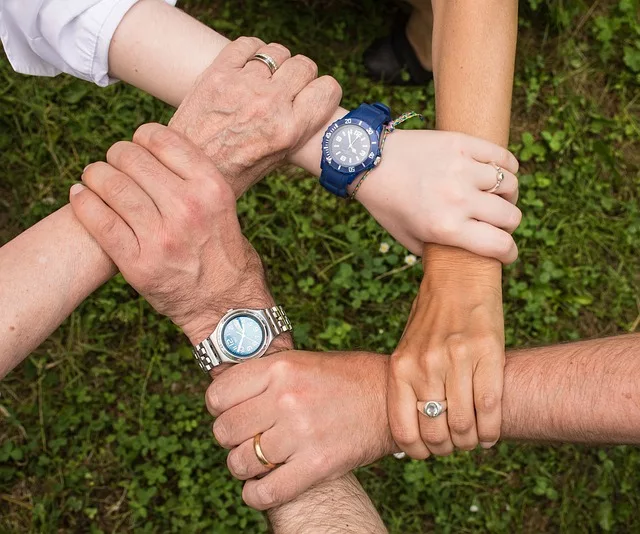Mood disorders, such as Unipolar Depression and Bipolar Depression, are the most common cause of hospitalization in the United States for people under the age of 45 (besides pregnancy and birth), according to the National Alliance on Mental Health (NAMI).
Make no mistake, the struggle is very real. Depression is a serious disease caused by a neurochemical imbalance in the brain. Symptoms might not always be visible to the naked eye but left untreated the condition has the potential to cripple or even kill those who suffer from it.
There are various forms of depression that present different challenges for patients, such as bipolar and unipolar depression.

What is Unipolar Depression?
In its simplest terms, a person who has unipolar depression exhibits the classic symptoms of depression only, without any of the highs that accompany other forms.
With unipolar depression, the mood remains in one emotional state or “pole” and does not also include racing thoughts or extreme positivity.
What is Bipolar Depression?
Bipolar depression is characterized by mood swings and episodes of both mania and sadness or depression. At times a person with bipolar can be euphoric and everything is wonderful, but at other times he or she can be very sad and display depressive symptoms.
There are various types of Bipolar Disorder and according to the American Psychiatric Association and the Diagnostic and Statistical Manual of Mental Disorders, diagnostic criteria for Bipolar I Disorder require only one-lifetime manic episode but do not require an episode of depression.
What are the Symptoms of Unipolar Depression?
The symptoms of unipolar depression include some of the following:
- Extreme sadness
- Suicidal feelings and thoughts
- Loss of interest in activities that were once enjoyable
- Difficulty concentrating or focusing at work or school
- Withdrawing from friends and family
- Feelings of loneliness, guilt, and helplessness
- Sleep issues, such as sleeping all the time or difficulty sleeping at all
- Sluggishness or low levels of energy
What are the Symptoms of Bipolar Depression or Mania?
Individuals with bipolar depression might experience very similar issues during their low emotional states, but they also go through manic periods that are equally painful. Symptoms of mania can include:
- Intensely euphoric mood
- Racing thoughts and speaking very quickly
- Not feeling tired at all for many days at a time
- Inability to focus or concentrate
- Restlessness, agitation, irritability
- Impulsive behavior, such as shopping sprees
- Increased libido
- Aggressive or provocative behavior
This TEDx Talk discusses unipolar depression

Bipolar and Unipolar Depression Treatment
With both conditions of unipolar depression and bipolar depression, there is a high likelihood of a co-occurring disorder or dual diagnosis, which is the presence of a substance use disorder, such as alcoholism or drug addiction, along with a mental illness.
It’s often difficult to know which condition started first. NAMI’s research statistics suggest that about a third of individuals with mental illness and half with severe mental illness suffer from substance abuse.
On the flip side, the statistics are strikingly similar. A third of alcohol abusers and half of those with a dependency on drugs are struggling with a mental illness.
The most important aspect to understand, though, is that both bipolar depression and unipolar depression are treatable and manageable. Early intervention is best, but even patients that have struggled for the better part of their lives without a diagnosis have seen dramatic improvement once they receive treatment.
Types of Treatment
Since every person is unique, treatment will vary from patient to patient. It may be inpatient or outpatient, depending on an individual’s needs, but treating a dual diagnosis requires that both conditions be addressed. If needed, a safe and medically assisted withdrawal from alcohol or drugs might be the first step.
An integrated therapy plan follows detox and can include medications to manage symptoms of depression as well as involve behavioral therapies, like Cognitive or Dialectical Behavior Therapy.
Luckily, not all patients with unipolar depression or bipolar will require dual diagnosis treatment, so identifying and offering therapies for the mental health condition alone will be somewhat easier.
Antidepressant medications work quite well for many people with various types of depressive symptoms, especially when combined with cognitive-behavioral therapies.
For people with treatment-resistant depression, TMS Therapy can be effective and Spravato (Esketamine) is a new form of treatment that has shown much promise.
Depression is often underestimated or disregarded because of its invisible nature. In reality, it is very real, but can be diagnosed and managed with proper attention. The best course of action is to seek help early before symptoms spiral out of control.
Related:





